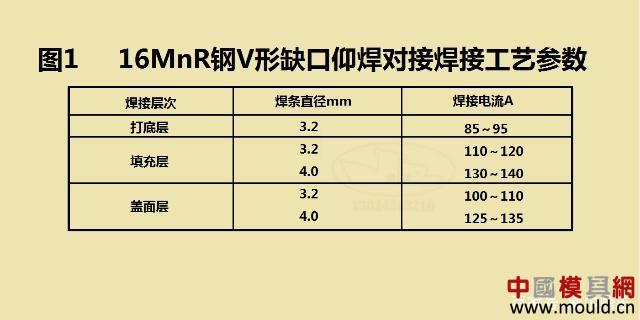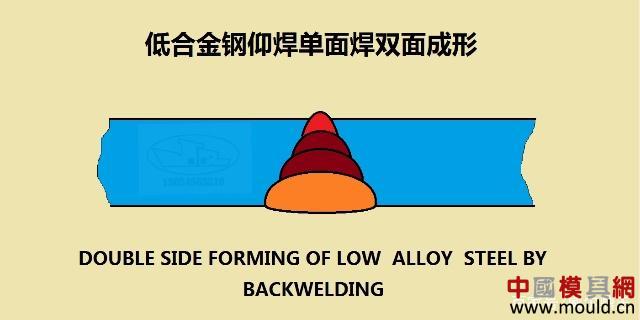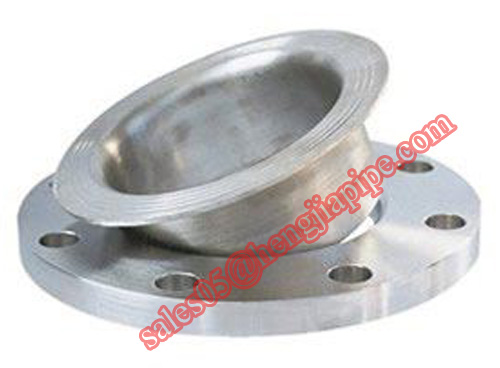Low-alloy Steel Plate overhead welding position welding operation technique (4G) is one of the most difficult welding positions in the single-sided welding double-sided forming welding method of plate butt welding, and welding by electrode arc welding. When welding, the weld pool is located above the combustion arc, and the welder has poor visual appearance in the bottom view position. The grip welding arm has a near-far (low to high) position, which increases the difficulty of operation; The height of the workpiece should be moderate, and it is inconvenient to observe the molten pool. The higher the height of the arm during welding, the lower the stability of the electrode during operation and the increase of labor intensity.
In the case of bottom welding, due to the effect of the metal gravity of the droplets of the electrode, it will hinder the droplet transfer, and the phenomenon of sticking to the electrode is easy to occur; the droplets are suspended under the weld, without the support of solid metal, and the molten metal is under the action of gravity. It is easy to squat; the molten pool only depends on the surface tension of the metal solution and the arc blow force. The higher the temperature of the molten pool, the smaller the surface tension of the molten pool and the droplets, and the easier it is to fall. Therefore, the shape and size of the molten pool are not easy to control, and defects such as slag inclusion, incomplete penetration, back depression, front protrusion, undercut, etc. often occur, and short arc welding is required.
In the process of overhead welding, the diameter of the welding rod is generally not more than 4.0 mm, and the welding current is 15 to 20% smaller than that of the flat welding. If the diameter of the electrode is too large, the electrode droplet transfer will be difficult. If the welding current is too large, the temperature of the molten pool will increase, the volume will increase, and the fluidity of the metal solution will increase, which will easily cause the molten metal to flow down, which will cause the bottom layer to melt. The hole is enlarged, the back weld is concave, and the filling and the cover layer are convex; if the welding current is too small, the root portion is not easily penetrated, and defects such as slag inclusion and poor weld formation are caused.
Preparation before welding
The 12mm thick 16MnR steel plate is cleaned, 60 slits 60°±5°, blunt edges 0.5~1mm, gap 2.5mm, and the wrong margin is not more than 1mm. The welding rod is made of J507. After baking for 2 hours at 350~400 °C, it is placed in the electrode holding barrel and used as needed. The welding machine adopts DC welding machine, preferably with arc thrust adjustment function, the bottom layer is connected positively, and the filling and cover layer are reversed. The length of the positioning weld is about 10 to 15 mm, and the preset deformation is usually 2 to 3 degrees. Four layers are welded, and the bottom welding is as close as possible to arc welding. The welding parameters are shown in Figure 1.

Bottom welding
The bottom welding of the overhead welding position is generally carried out by continuous arc welding; only when the clearance is too large, intermittent welding is required. During continuous welding, the arc ignites the arc on the locating weld and makes the electrode slightly sway in the groove. When welding to the locating weld joint, it should be preheated slightly, and the root of the same groove is topped and heard. When the sound of Park is "sound", the root of the groove is welded at this time, and the first molten pool has been formed, so that the arc 1/3 is on the back of the molten pool and 2/3 is on the front of the molten pool. At this time, there should be a molten hole in front of the molten pool. It is necessary to melt the holes to each side by 0.5 to 1 mm.
The method of transporting the strip is as follows: using straight-line round-trip or zigzag-shaped transport strips, when the welding rod swings to both sides of the groove, it needs to be paused a little, that is, it takes a certain time. This time means that the sides of the groove are melted by about 0.5 mm. In time, observe and control, so that the filler metal and the base metal are well fused, and should prevent the formation of a deep angle (dead angle) with the base metal fusion, so as to avoid difficulty in cleaning the slag and difficult to melt during filling welding, resulting in incomplete penetration and slag inclusion. . The electrode is 90° to the plane of the weldment and 80 to 85° to the weld direction. When welding, each electrode should be transported in three time, starting at a slower speed, the steel plate needs to be preheated to reach the welding temperature; the intermediate section has a moderate welding speed; the final weld section weldment pool and the electrode temperature are higher. The welding speed is faster. When the arc is closed, the arc is returned to the belt 10 to 15 mm and then the arc is extinguished, and the slope is formed. If the joint is to be connected to the arc welding groove, the gap is small, the welding current is small, and the molten pool is small. The cold connection method can be used. That is, a tool such as an angle grinder can be used to grind a slope of 10 to 15 mm at the arc-receiving position, and the arc is pre-heated on the slope to preheat the crater temperature, and then the electrode is quickly topped along the original melting hole, and hears " After the sound of Park, the sound is slightly stopped. When the temperature reaches the normal welding temperature, the welding is normal. The bottom weld is thin, and the height is moderate. Generally, it should be 0.3 to 0.4 with Av.
Fillet layer welding
Firstly, the slag and spatter of the bottom layer are cleaned off, and the weld bead at the joint should be removed and leveled. The arc is drawn at about 10 mm from the beginning of the weld, and then the arc is pulled back to the weld at the beginning of the weld. Generally, the angle between the welding electrode and the welding direction of the saw-toothed moving rod is 85-90°, and the welding rod must be slightly stayed on both sides of the welding bead for a while. When welding, the welding rod is mainly aligned with the angle between the two sides to prevent false slag and Fuse, the middle swing should be as fast as possible to ensure that the molten pool is oval and uniform in size, making the weld be concave. After the filling layer is welded, the surface of the weld should be 0.5 to 1 mm on the surface of the weldment to ensure that the edge (edge) of the groove is not melted, so as to control the straightness of the weld when the cover is welded.
Cover welding
Carefully clean the slag and spatter before welding. When welding, use short-arc zigzag welding. The angle of the welding rod in the welding direction is 85-90°. When the welding rod swings to the edge of the groove, it will pause slightly and melt 0.51 at the edge of the groove. In order to prevent undercut, it is necessary to keep the shape of the molten pool uniform to ensure uniform and flat weld formation. When replacing the welding rod, it is faster to draw the arc about 10mm in front of the arc pit, then pull the arc to the edge of the arc pit, and transport the strip along the edge to connect the molten pool with the arc pit to ensure the joint is flat and the normal sawtooth rod is welded to the end. .

The Lap-joint Flange is a kind of the flange,which is set on the end of the pipe through the stub end and steel ring ,The Lap-joint Flange moves on the end of the pipe.
Production Size:DN10-DN2000
Pressure range:PN2.5,PN6,PN10,PN16,PN25,PN40,PN100
Production Standard:BS,JIS,GOST,ANSI,DIN,GB
Main Material of parts:
A105,20#,Q235,16Mn,A350 LF1,LF2,CL1/CL2,LF3 CL1/CL2,A694 F42,F46,F48,F50,F52,F56,F60,F65,F70;A182 F304,304L,F316,F316L,321,18-8,A182F1,F5a,F9,F11,F12,F22,F91,A182 F12,F11,16MnR
The Lap-joint Flange are generally used with the parts (expansion joint),The Lap-joint Flange are installed the two ends of the expansion joint,which connects to the pipe.

Lap-joint Flange
Ansi Forged Lap-Joint Flange,Raised Face Lap Joint Flange,Forged Lap Joint Flange
CANGZHOU HENGJIA PIPELINE CO.,LTD , https://www.hj-pipeline.com